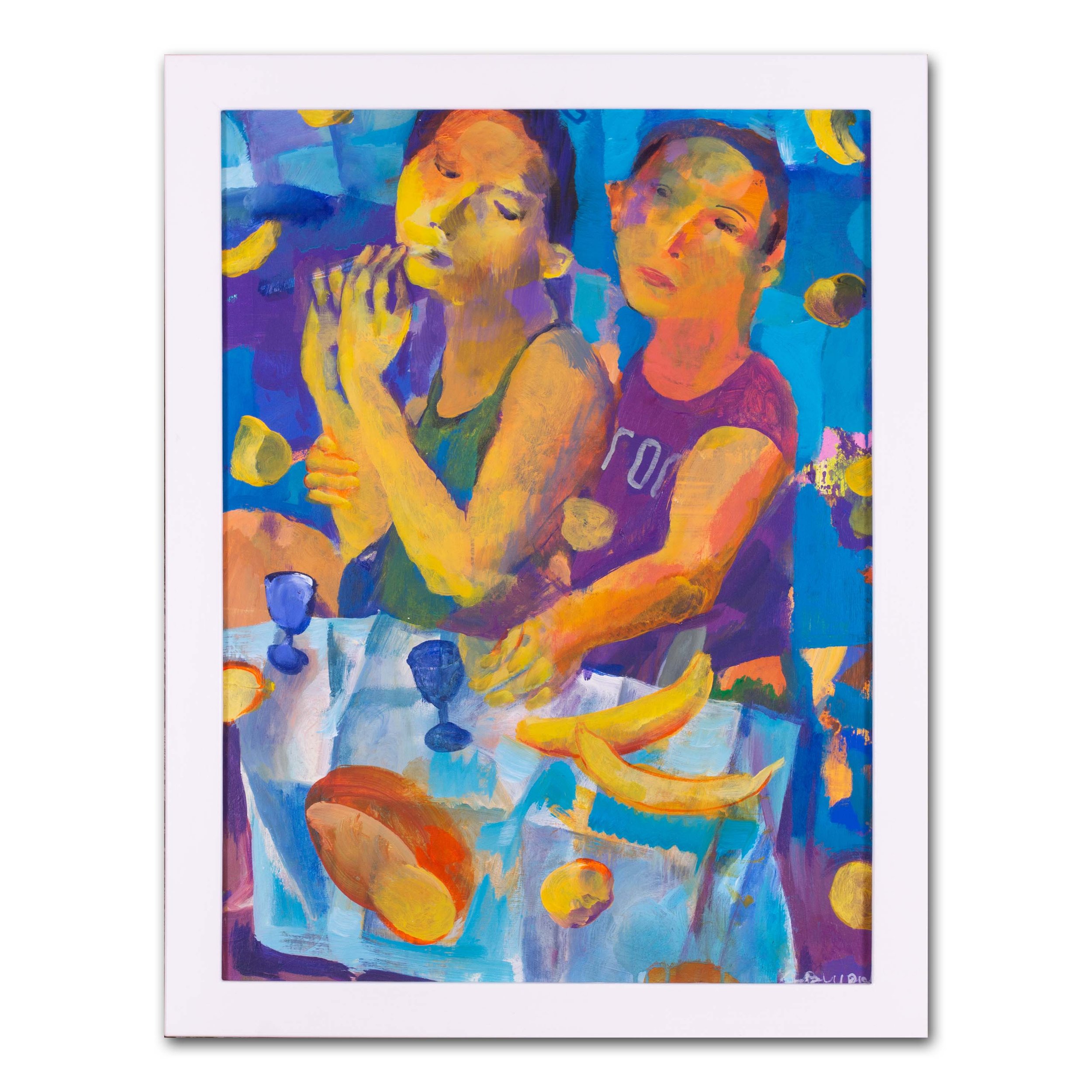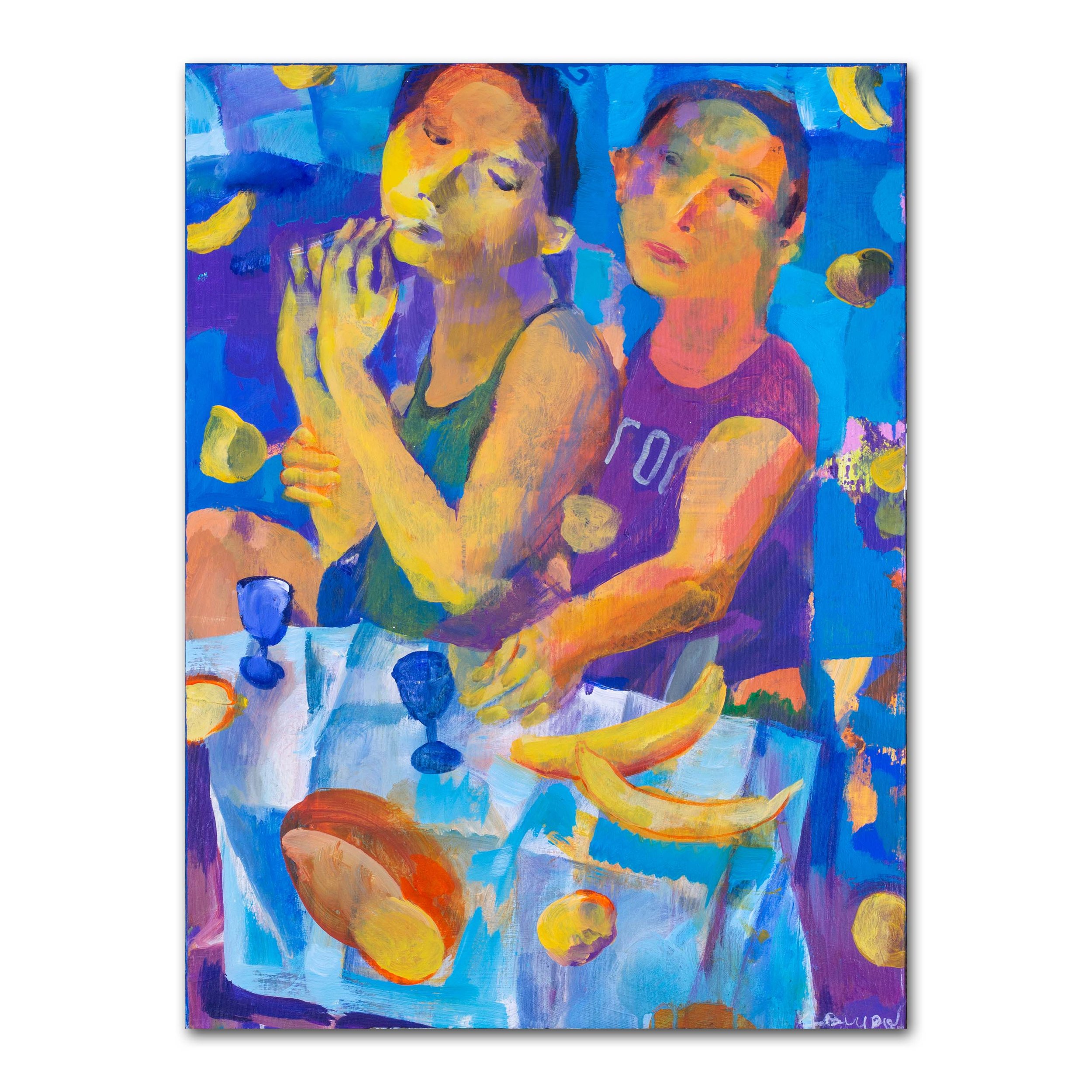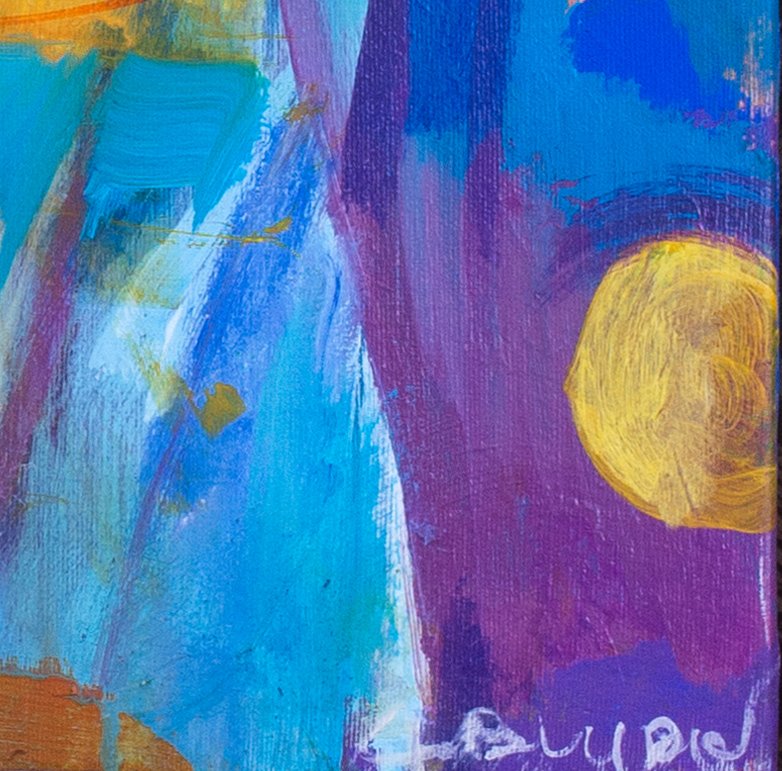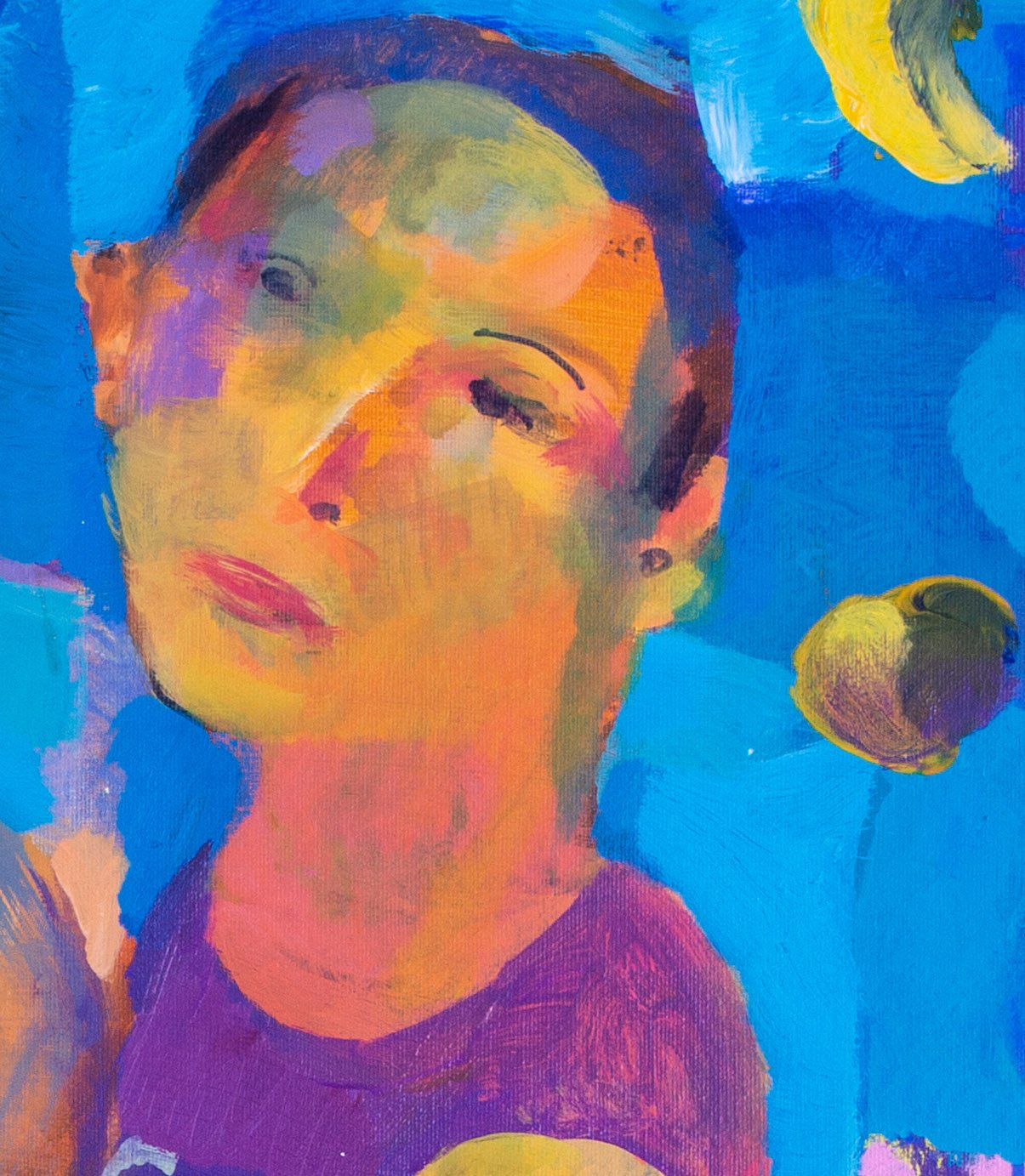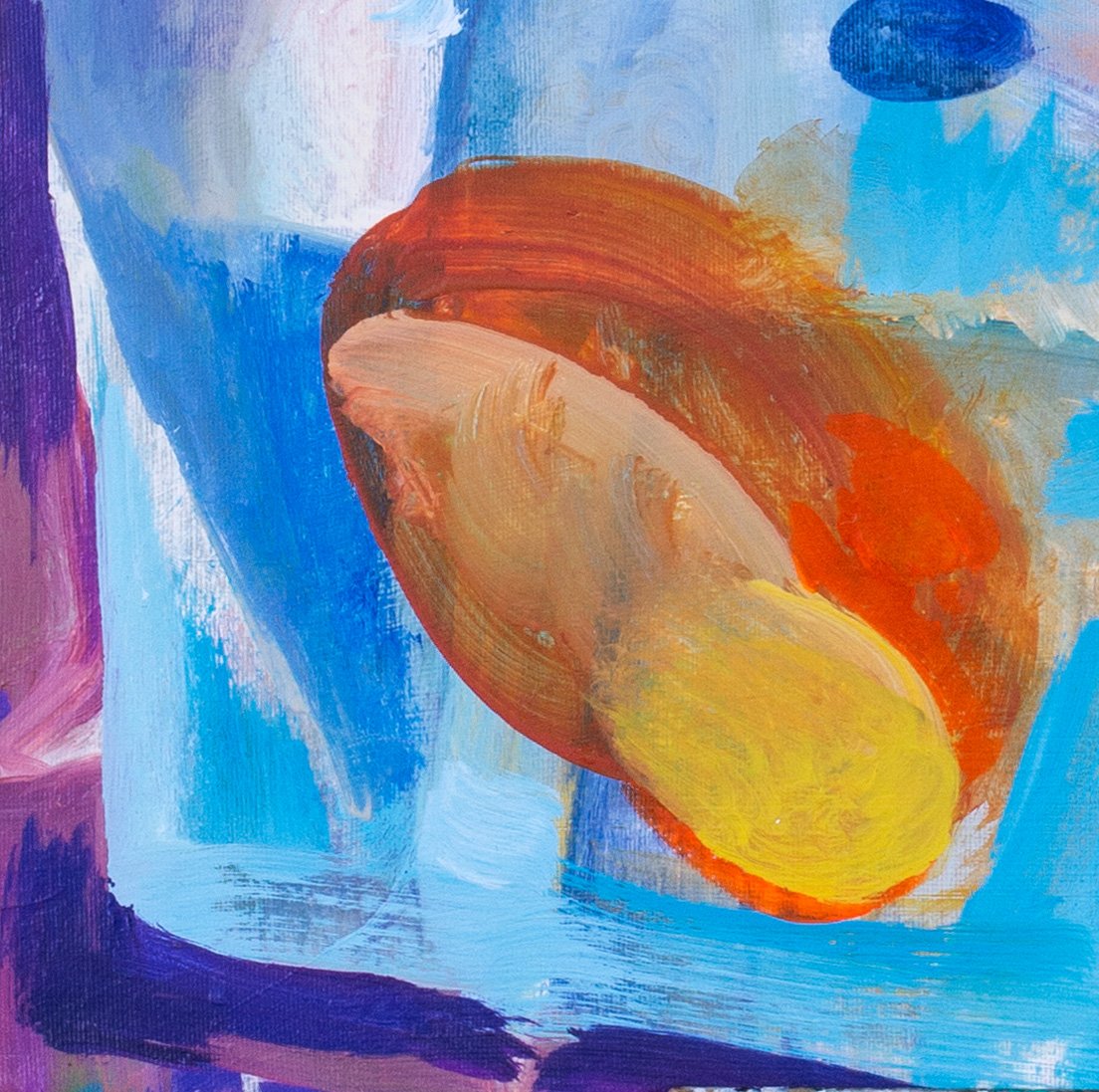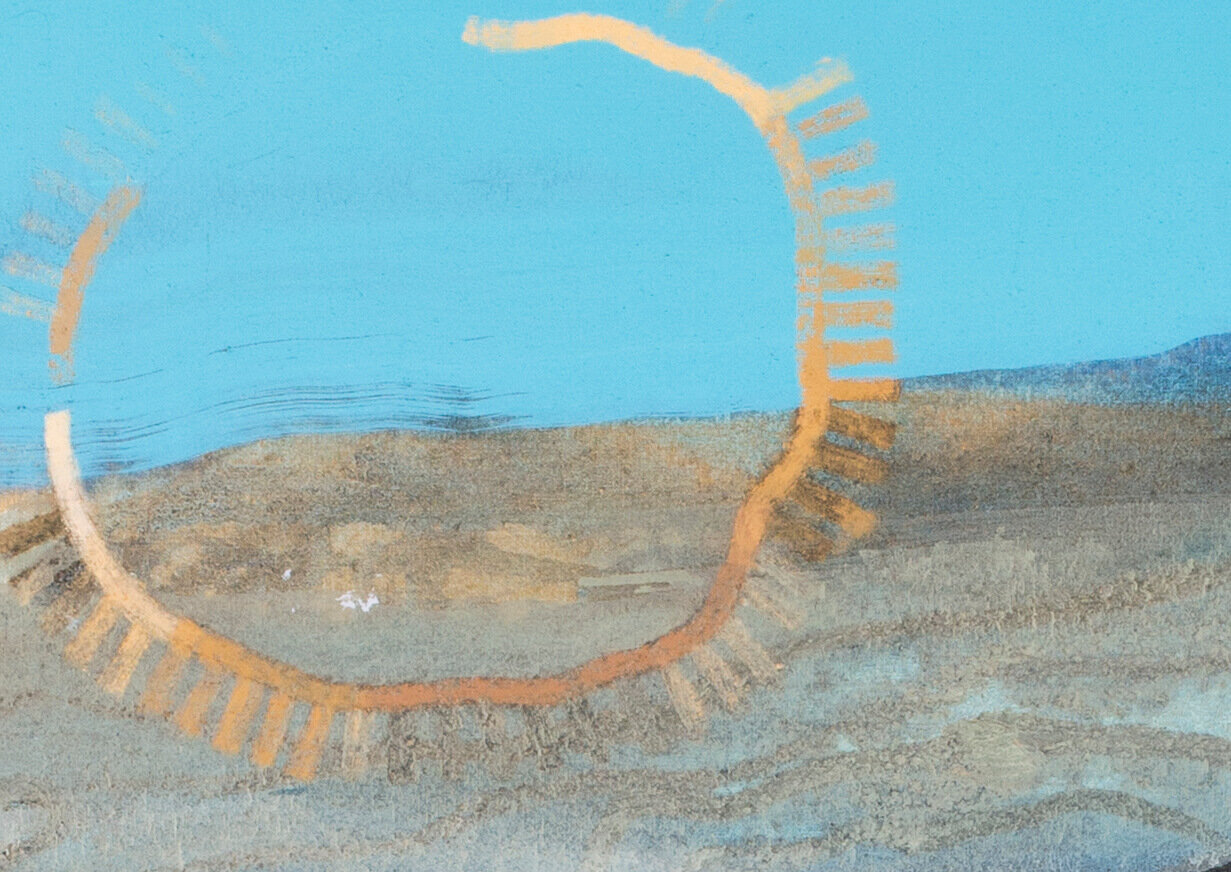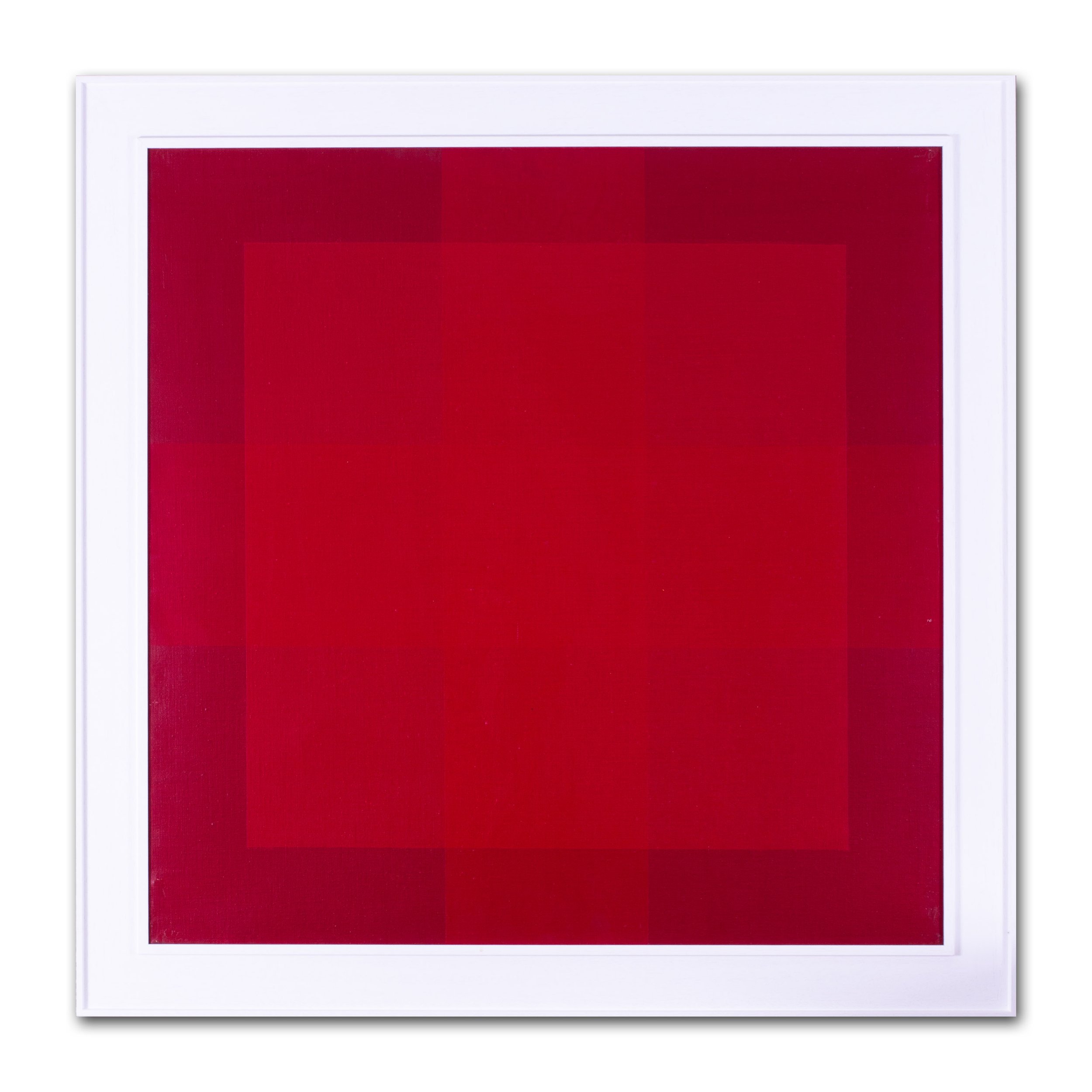 Image 1 of 9
Image 1 of 9

 Image 2 of 9
Image 2 of 9

 Image 3 of 9
Image 3 of 9

 Image 4 of 9
Image 4 of 9

 Image 5 of 9
Image 5 of 9

 Image 6 of 9
Image 6 of 9

 Image 7 of 9
Image 7 of 9

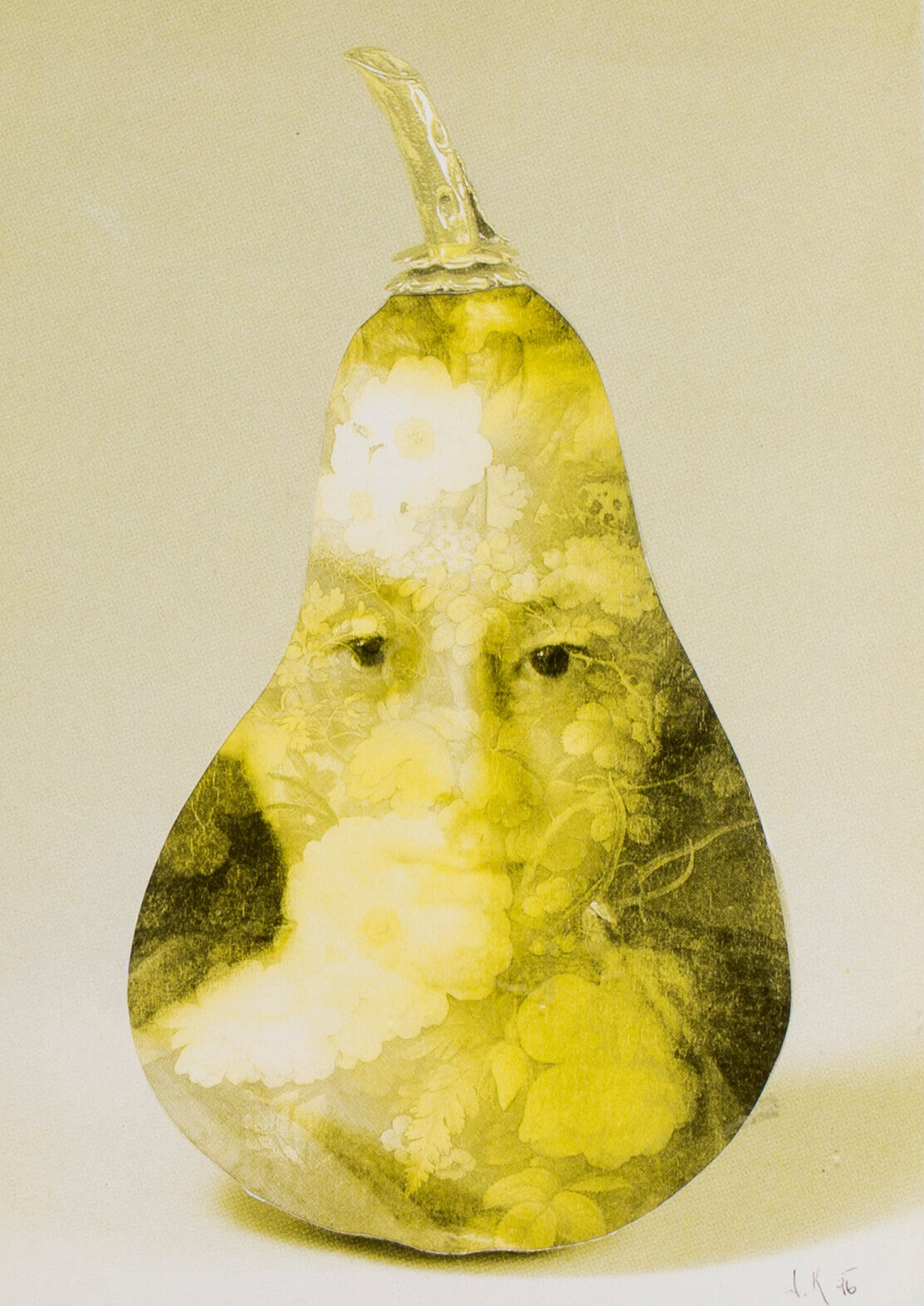 Image 8 of 9
Image 8 of 9

 Image 9 of 9
Image 9 of 9










Jiri Kolar, Pears, 1977
Jiri Kolar (Czech, 1914 – 2002)
Pears, 1977
Collage triptych
Each panel measures 21.7 x 15.5 cm.
All three are signed with initials and dated ‘J.K. 97, the latter 2 dated ‘96’
The collages are suspended between layers of glass. Aside from the collages, the image is see through up to the frame edge.
Jiri Kolar was the son of a baker who became a writer around 1943. He became one of a group of several artists among whom Vaclav Havel and others met and discussed issues in café Slavia during the period leading up to the Prague spring. His behaviour was erratic (he threw coffee Josef Hirsal’s shirt). The government forced him to emigrate and he was not allowed to return home so from 1980 he lived in Paris, later returning after the fall of the USSR. His first exhibition in 1937 focused on collages, later works specifically focused on his method of using scapel to cut pictures from magazines and reconfigure them in Surrealist forms. He wanted to highlight the destruction and fragmentation of the world. Kolar invented / helped to develop new techniques of collage, specifically confrontage, froissage, and rollage etc. He has exhibited in Prague and in 1975 in the Guggenheim, New York.
Jiri Kolar (Czech, 1914 – 2002)
Pears, 1977
Collage triptych
Each panel measures 21.7 x 15.5 cm.
All three are signed with initials and dated ‘J.K. 97, the latter 2 dated ‘96’
The collages are suspended between layers of glass. Aside from the collages, the image is see through up to the frame edge.
Jiri Kolar was the son of a baker who became a writer around 1943. He became one of a group of several artists among whom Vaclav Havel and others met and discussed issues in café Slavia during the period leading up to the Prague spring. His behaviour was erratic (he threw coffee Josef Hirsal’s shirt). The government forced him to emigrate and he was not allowed to return home so from 1980 he lived in Paris, later returning after the fall of the USSR. His first exhibition in 1937 focused on collages, later works specifically focused on his method of using scapel to cut pictures from magazines and reconfigure them in Surrealist forms. He wanted to highlight the destruction and fragmentation of the world. Kolar invented / helped to develop new techniques of collage, specifically confrontage, froissage, and rollage etc. He has exhibited in Prague and in 1975 in the Guggenheim, New York.
Jiri Kolar (Czech, 1914 – 2002)
Pears, 1977
Collage triptych
Each panel measures 21.7 x 15.5 cm.
All three are signed with initials and dated ‘J.K. 97, the latter 2 dated ‘96’
The collages are suspended between layers of glass. Aside from the collages, the image is see through up to the frame edge.
Jiri Kolar was the son of a baker who became a writer around 1943. He became one of a group of several artists among whom Vaclav Havel and others met and discussed issues in café Slavia during the period leading up to the Prague spring. His behaviour was erratic (he threw coffee Josef Hirsal’s shirt). The government forced him to emigrate and he was not allowed to return home so from 1980 he lived in Paris, later returning after the fall of the USSR. His first exhibition in 1937 focused on collages, later works specifically focused on his method of using scapel to cut pictures from magazines and reconfigure them in Surrealist forms. He wanted to highlight the destruction and fragmentation of the world. Kolar invented / helped to develop new techniques of collage, specifically confrontage, froissage, and rollage etc. He has exhibited in Prague and in 1975 in the Guggenheim, New York.


